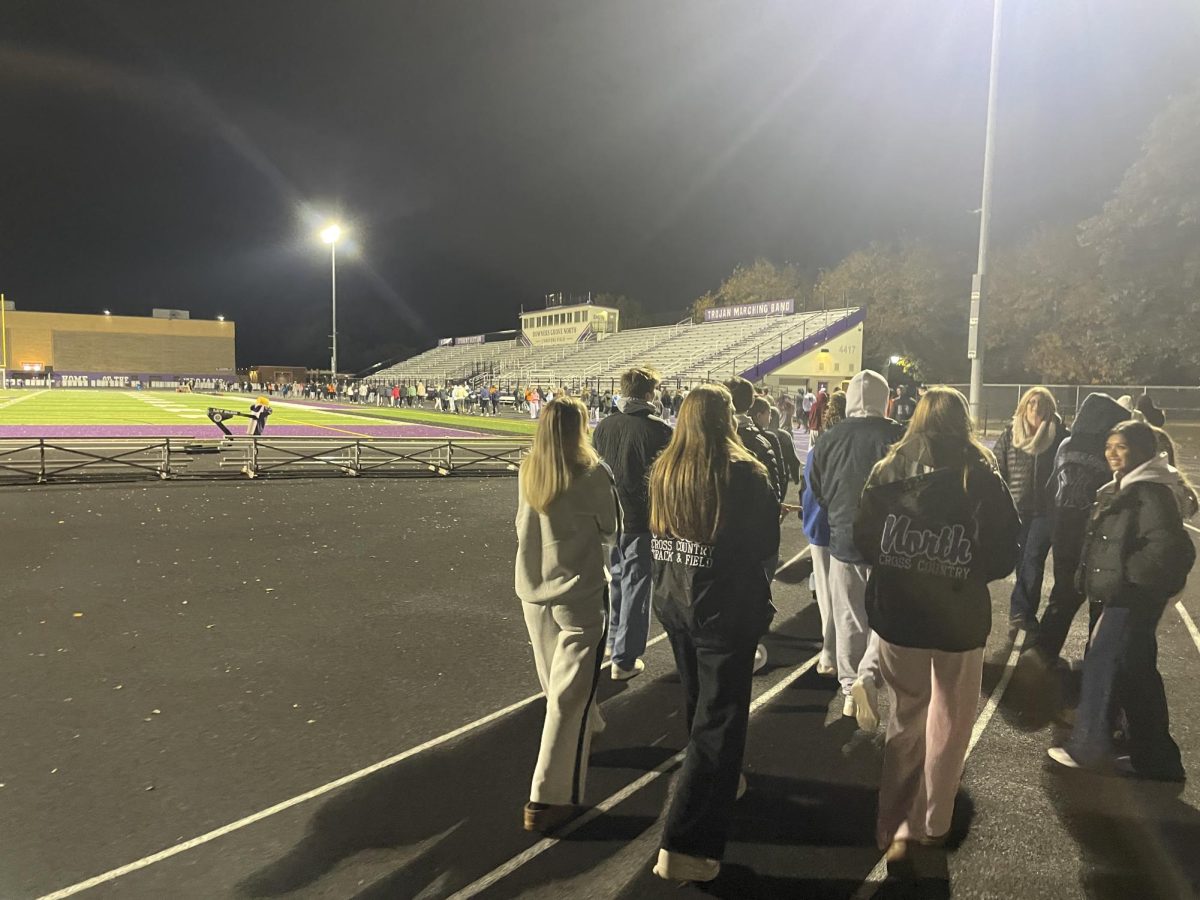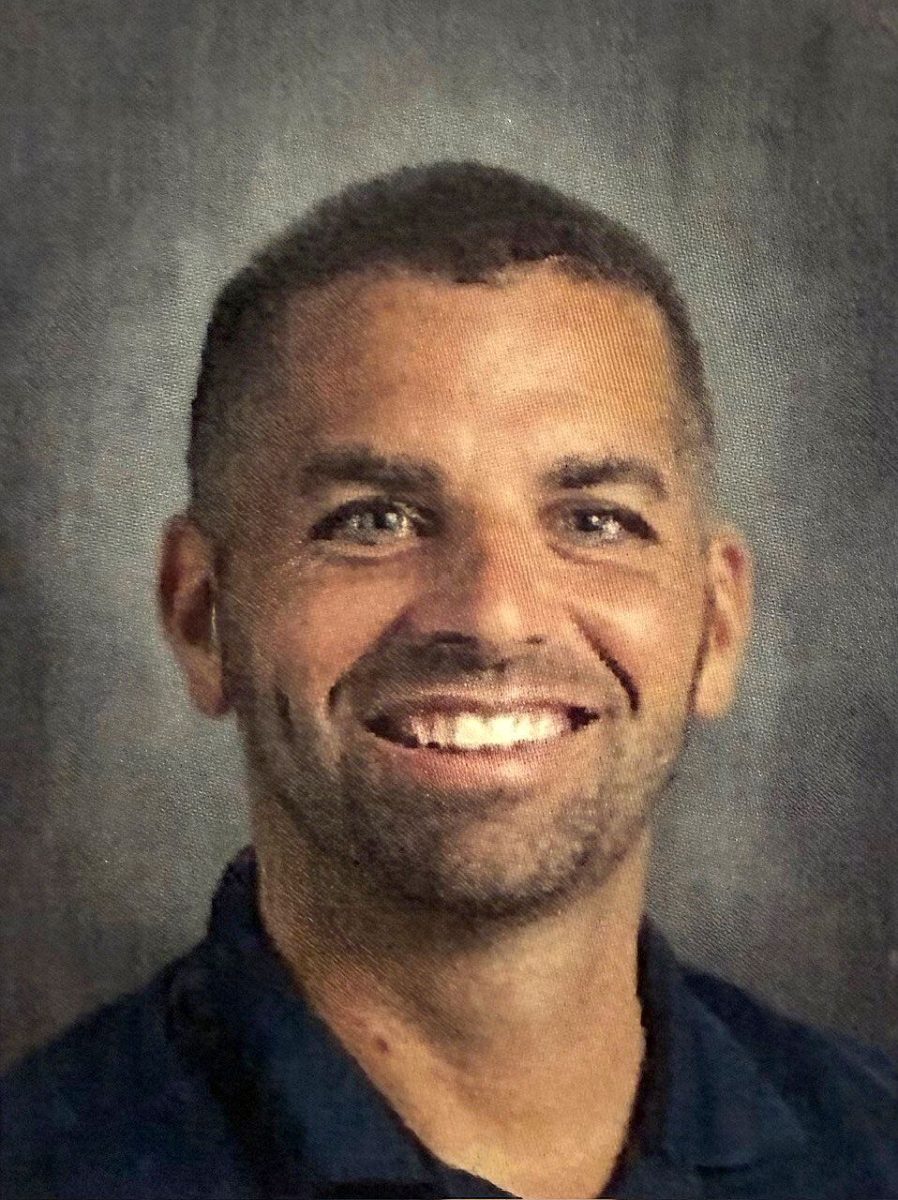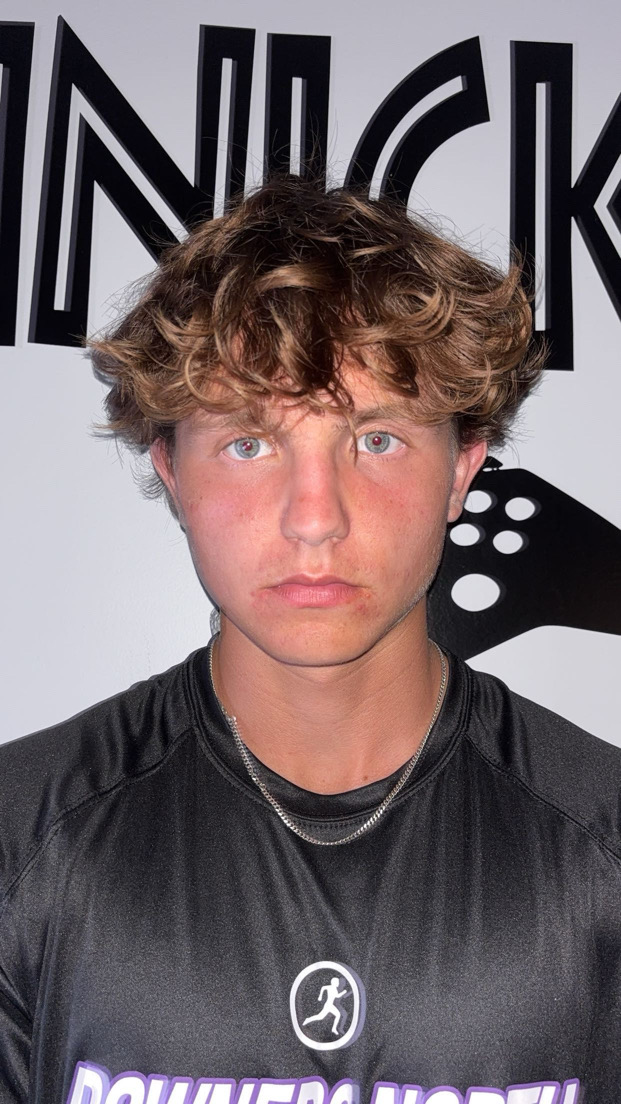Statewide substitute shortage affects D99 schools
March 15, 2017
Walking into his English class fifth period, junior Brian Kosek was greeted by what had become the norm for the last two weeks: another substitute teacher. While his English teacher Lori Vanek was out for two weeks, the class was taught by a different substitute almost every day.
“It was strange and hard to stay on task due to a different sub every day giving us instructions. Not many people got work done because the instructions given to us were vague and contradictory to what had been told to us,” Kosek said. “It was also very hard [to] understand the directions. Everyone was behind due to lack in structure.”
Due to challenges finding substitute teachers, some classrooms in the district are filled with internal substitutes, who are regular teachers using their free periods to substitute for other teachers. Additionally, an increase last year in the number of periods substitute teachers in District 99 are required to cover has led to more chaotic schedules, with a single substitute sometimes managing the classes of multiple absent teachers.
Despite the per-period wages for internal substitutes being significantly higher than that of regular substitute teachers, for the 2015-16 school year, D99 spent significantly less on internal substitutes than on external ones: $125,373.42 on external substitutes and $43,211.01 on internal substitutes for DGN.
Retired 30-year math and CTE teacher Chuck Hlavaty sees the recent district requirement that substitutes teach seven periods instead of six as a loss for substitutes, especially retired DGN teachers looking to teach lessons in their former subject area.
“[The loss of a planning period] has been the biggest detriment, the biggest negative, in subbing,” Hlavaty said. “As a diligent teacher, I would read the book, read the assignment myself, work out the problems, and that takes prep time. They have taken away all prep time. So you have no time to prep to make a teaching presentation with confidence to the class. They’ve turned subbing from an opportunity for an experienced teacher to present a lesson and actually teach the students to babysitting. Now, you don’t have time to prepare, because instead of preparing for five classes [and a supervisory period], you no longer have a prep period to do that and you’re in two, three different departments just running around filling space.”
According to assistant superintendent for human resources Peter Theis, the increase in substitute teachers’ loads from six periods to seven that occurred last year resulted in a daily pay increase from $96 to $105 for substitutes with no D99 teaching experience. The pay for retired D99 teachers increased from $104 to $105. The pay for retired teachers subbing in their former teaching area remained at $125.
Theis came to the decision to increase the number of periods for substitutes after meeting with other human resources officers at a monthly Northwest Personnel Administrators meeting.
“The idea being that daily subs are not preparing lessons or grading student work and thus did not need that extra period. A quick, informal show of hands [at the meeting] revealed that close to half the districts were doing this or preparing to implement a similar plan. I decided to follow this plan starting with the 2015-16 school year, and in a nod to the extra work that would be involved, raised the daily sub rate from $96 per day to $105 per day,” Theis said.
Despite this increase in pay for external substitutes, internal ones are still needed frequently. English teacher Matthew Greaney, who had a planning period first hour last year, recalls being asked frequently to substitute for other teachers during his off period.
“I’d say day-by-day there is a pretty constant flow of internal subbing,” Greaney said. “It is almost relative to the periods that you have free. When I had a first hour plan [period], I was getting asked to do it all the time. In most cases there are lots of people that are willing to take them, so I just let them go.”
For a single period, a teacher internally subbing earns $35.11, while outside substitute teachers make either $15 or $17.85, per class period, depending on whether they are a retired district employee. When subbing for a full day, which is seven periods, a regular substitute earns $105 per day and a retired D99 teacher earns $125.
But according to Hlavaty, the biggest problem is not the lack of a pay increase, but the loss of a planning period, which makes it harder for substitute teachers to actually teach.
“The retired teachers who worked in the district take it seriously, and I think it is disrespectful to run them around like chickens just to fill a spot. Instead of saving a penny, [the district is] spending more in the long run because they are defeating the purpose of the students getting a good lesson out of it. What is more important? Saving a few dollars or getting a skilled person to do a good job in the classroom to the benefit of the students?” Hlavaty asked.
For a substitute with no teaching experience, per period wages at schools in the West Suburban Silver conference range from to $15 to $21. D99 has the lowest per period rate for unexperienced substitutes of $15 per period, with the conference average at around $18 per period.
Although D99 is able to fill classrooms not covered by external substitutes, many schools in Illinois are struggling to make this happen. According to a press release from the Illinois Association of Regional Superintendents, 16 percent of absences are not covered by substitute teachers each week. This is even more of an issue in southern Illinois, where 26 percent of absences are not covered by substitute teachers. When classrooms cannot be covered by substitutes, schools often have to resort to using internal substitutes or combining classes.
“Now that we know this is a significant problem in our schools, we need to work to make it easier for qualified people to become substitute teachers, especially in shortage areas downstate, and we need to work comprehensively to draw more young people into the demanding yet rewarding profession of teaching and mentoring our next generation,” IARSS president Jeff Vose said in the press release.
According to Vose, recent legislation has worked to try and combat the substitute shortage by making it easier to become a substitute.
“We had been working with the State Board of Education, legislators, stakeholder groups, principals associations, teacher unions and school administrator associations to get legislation changed to streamline the process to make it less difficult to become a substitute and to become a teacher. Senate bill 2912 was passed earlier this year.” Vose said.
Due to important information being received close to our publication date, the Omega was unable to confidently include all information in this article at this time. This story will be updated as soon as possible.

























